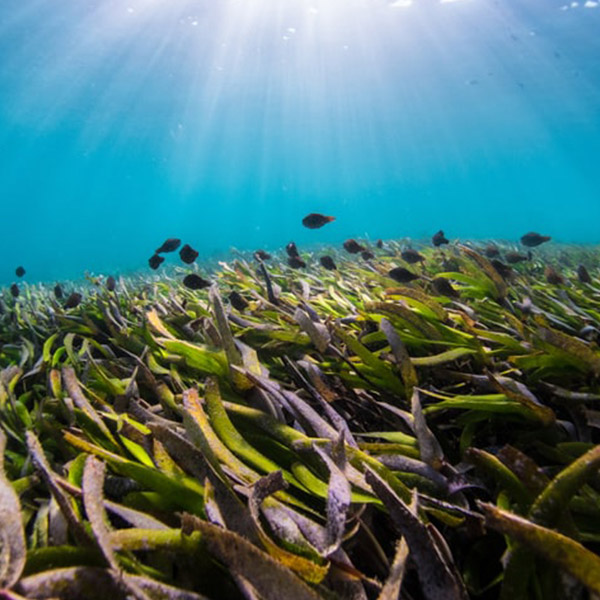If you were asked what was the largest plant on earth, what would your answer be? Would you think of the giant sequoia trees that are found in the US, the slender Cardon cactus found in Mexico, the impressive baobab trees found in Africa, or perhaps something a little more obscure, like the giant rancid smelling flowers of the Rafflesia Arnolddii that are found in the forests of Sumatra and Borneo?
Whilst all of these plants are spectacular, they do not hold the record for the world’s largest plant. Scientists have recently discovered that the largest known plant on earth is in fact a seagrass, growing off the coast of Australia in Shark Bay. Recent genetic tests have determined that this plant, which is approximately the size of Manhattan, is the same plant that was likely to have established from a single seed at least 4,500 years ago.
So, what is seagrass? Seagrass is a plant that creates underwater meadows and is the only flowering plant that can live in seawater and pollinate whilst submerged. There are four different species of seagrass found in the UK, which are also known locally as ‘Eelgrass’.
So why is seagrass so important? Seagrass plants and the underwater meadows that create shelter and a wealth of wildlife are considered important factors in marine conservation and biodiversity. Seagrass meadows have the potential to sequester and store a huge amount of carbon dissolved in the sea, which is known as ‘blue carbon’. Seagrass takes carbon from the water to build its leaves and roots, new shoots develop as older ones die and fall to the sea floor. If undisturbed these dead leaves form a layer of seagrass sediment that can store carbon for thousands of years.

